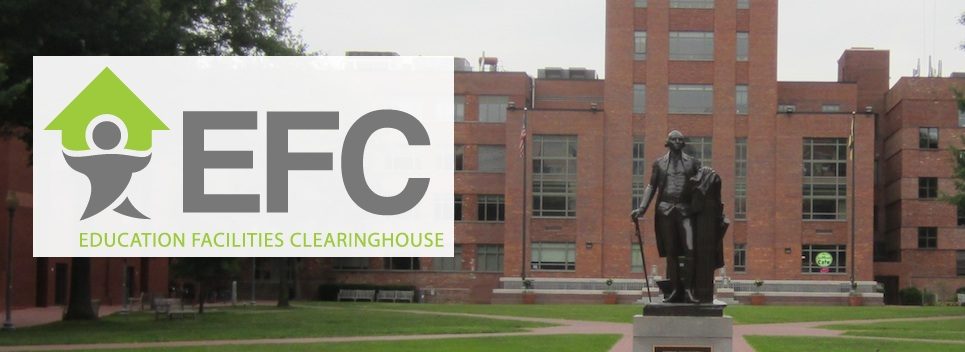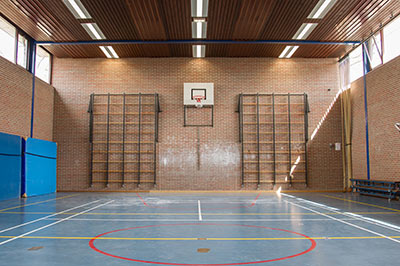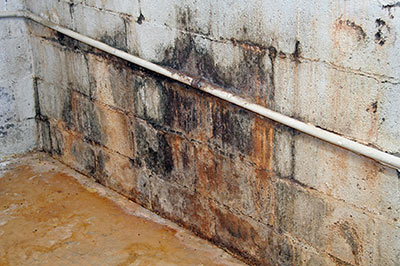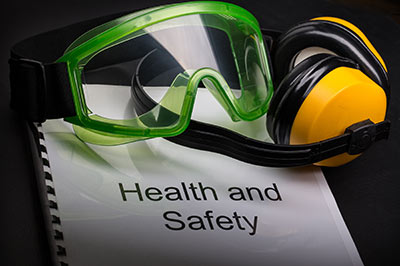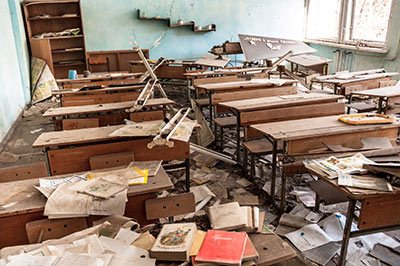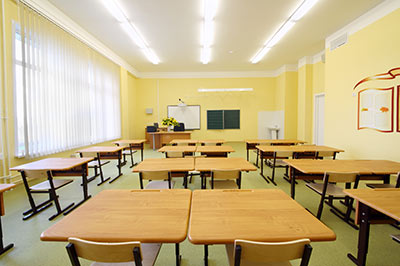Coalition for Healthier Schools (2015).
Towards Healthy Schools 2015: Progress on America’s Environmental Health Crisis for Children is the third triennial state-by-state data and policy report on this topic since 2006. Sick Schools (2009) and before it Lessons Learned (2006) researched and assessed state-by-state data and policies on environmental conditions at schools and risks to children’s health, compiling them into a single, unique resource that painted a deeply disturbing picture, in which vulnerable children endure unhealthy schools. This guide provides basic federal data for public schools, such as total number of buildings; total enrollment; total number of personnel; percentage of children with asthma; percentage of children without health insurance; total number of children receiving special education; total number of children of minority status; and more.
